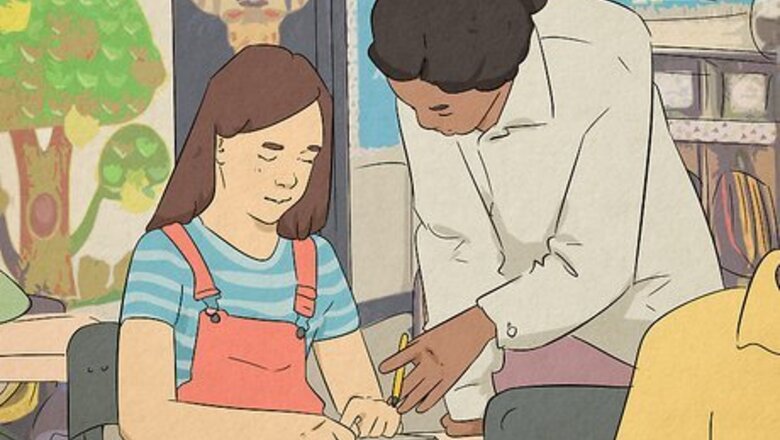
views
Promote education for everyone.
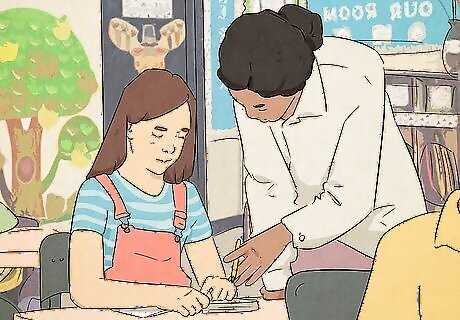
World poverty could be reduced by 50% if all adults received secondary education. In fact, 60 million people around the globe could escape poverty if they received 2 more years of schooling. Most jobs require secondary education, so extra schooling can increase the amount of money people can make. However, people all over the globe (especially girls and women) face barriers to education, starting in elementary school. Common barriers to education include a lack of teachers and educational resources, as well as a lack of transportation to and from school. Here are a few ways you can promote education: Donate to scholarship funds. For instance, you can donate to the Children’s Scholarship Fund to support K-8 education in the U.S. at https://scholarshipfund.org/ Support afterschool tutoring programs and mentorship programs that connect students with caring adults. Visit https://secure.givelively.org/donate/afterschool-alliance to donate. Give money to funds that pay for transport to and from school. Search online to find local and state funds that support kids near you. Find out about ways in which you can make donations to the charity and claim the tax benefits.
Make job training more accessible.
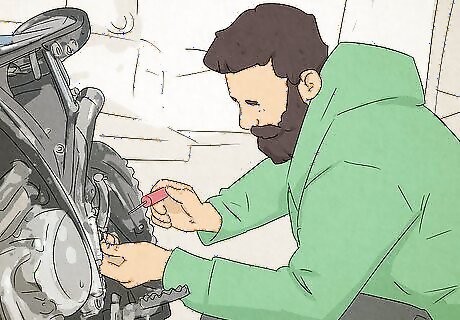
Teaching people job skills increases their ability to get hired for higher-paying jobs. Vocational training means teaching people the skills they need to work in a specific industry. Job training is an incredible investment–it boosts people’s chances of finding a job by more than 20%. There are a variety of ways to provide job training to more people: Governments can provide federally-funded or state-funded job training programs. These are often run by state workforce development commissions. Employers can provide more substantial skills-based training for employees. You can save taxes by starting a nonprofit organization or foundation. Nonprofit organizations and communities can provide training. You can even set up a trust for this purpose and transfer your assets to it.
Create microfinance programs.
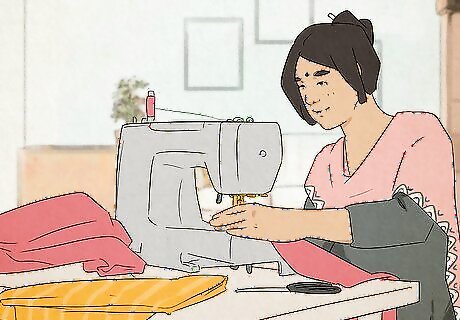
Microfinance programs give small loans to encourage entrepreneurship. For people in poverty, it’s often difficult to get a loan from a bank or find investors to start a small business. With microfinance, loans come from microcredit firms, governments, or NGOs (non-governmental organizations). The theory behind microfinance is that it creates job opportunities by giving people money to cover startup costs as they launch businesses and hire employees. New studies on the impacts of microfinance question whether it’s a solution that truly benefits the poor. While it may help empower female entrepreneurs living in poverty, microfinance can potentially worsen overall debt.
Increase jobs in labor-intensive industries.
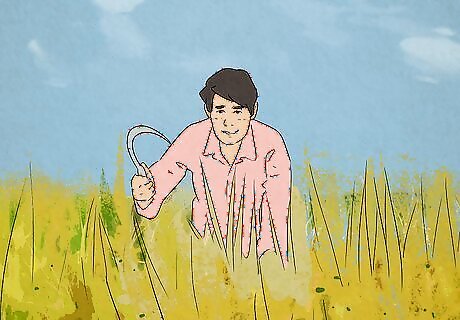
Automation and technology make production more efficient, but they reduce jobs. Think about a basic assembly line for cars. The more you rely on machines to put cars together, the fewer people you’d have to employ to run the assembly line. To help reduce poverty and unemployment, communities have to invest in industries that require a lot of hands-on labor, like agriculture, food service, hospitality, healthcare, and mining. Economists find that employing more people (rather than using machines) doesn’t result in the huge drop in productivity you might imagine. Jeffrey Sachs Jeffrey Sachs, World Economist To address poverty and unemployment, education, job training, microfinance, and counseling must combine with policy transformation. Safety nets must cover all while infrastructure and hiring incentives create good jobs. Healthcare access and affordability need improving too. With coordination across sectors, cycles trapping people in poverty can end.
Invest in infrastructure.
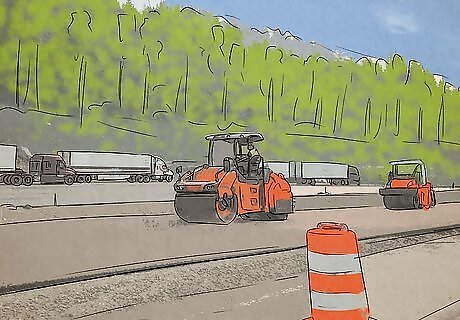
Building roads and other civic projects provides jobs. Construction and transportation jobs give opportunities to people without formal college degrees. Even once the roads, waterways, and energy grids are built, people can find opportunities for work in transportation, maintenance, and operations, all thanks to the new infrastructure. Beyond just providing jobs, infrastructure development makes the economy more connected. When there’s more infrastructure, it’s easier for people to travel around in order to buy or sell goods and services. For instance, to help alleviate poverty and unemployment in the rural Philippines, better access to roads and the internet could help farmers sell their goods.
Reduce barriers to unemployment insurance.
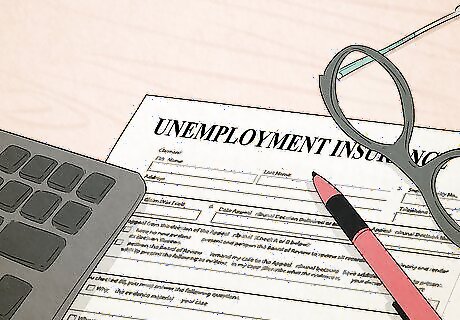
In the United States, states can consider changing requirements for unemployment insurance. For instance, some states give bigger unemployment benefits to people with children or other dependents. To help reduce poverty, one organization suggests giving unemployment insurance benefits to people seeking part-time work. Some states specify that only people with a certain work history length can receive unemployment benefits, and adjusting work history requirements could more people eligible. States also could consider eliminating waiting periods for people to receive their unemployment insurance benefits. Currently, 42 states require people to wait 1 week to receive benefits. To receive unemployment benefits, you have to prove you lost your job through no fault of your own. States might consider changing what qualifies as an “acceptable” cause of unemployment.
Create affordable housing.
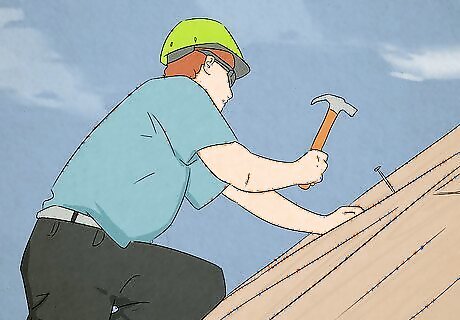
Affordable housing keeps rent costs down for low-income people. In some cases, elderly and disabled people can qualify, too. The goal behind affordable housing in the U.S. is to keep housing costs below 30% of a family’s income, so people have enough money to pay for other key things. Who qualifies for affordable housing? It varies, since different regions set different standards. For example, one region might say you have to be 50% below the median income for an area while another region might say you qualify if your income is 80% below the median income.
Ensure access to clean water and sanitation.

Billions of people worldwide lack access to clean water. In turn, a lack of access to proper water and sanitation affects not only peoples’ health, but also their ability to pursue work and education. In certain countries, a huge number of women and girls can’t pursue work or school because collecting water is their daily responsibility. Imagine having to carry the weight of a 5-year-old child for 3 hours each day–that’s the weight of a typical water jug used in Africa. Communities can improve access to water by helping people create water safety plans for keeping water contaminant-free and building water filtration systems and wells. Visit The Water Project (https://thewaterproject.org/) or Charity Water (https://www.charitywater.org/) to donate and support bringing clean water to those in need.
Improve access to healthcare.
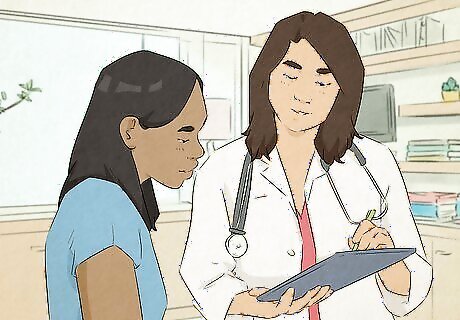
People living in poverty are at greater risk for health conditions. To make matters worse, those health conditions might impact people’s ability to get a job. Plus, medical bills and treatment can also be costly! On the community and governmental level, policymakers have to work to reduce the cost of care, potentially through better insurance or partnerships with private-sector companies. On the provider level, doctors have to understand that patients in poverty might face greater obstacles to getting treatment. Patients in poverty may find medications too expensive, may lack transportation to get to the doctor’s office, and may not have a work schedule that lets them easily see a doctor.
Offer counseling services to support families in poverty.
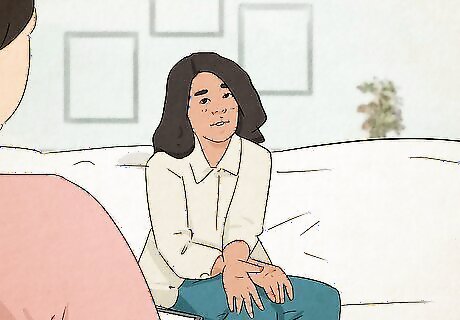
Poverty and mental health issues are often linked. Unfortunately, these negative effects aren’t limited to adults. Growing up in poverty can really hurt children’s social and mental development. Communities and governments could offer psychological counseling through social workers to help support families in need. Connect families in need to a Federally Qualified Health Center if they can’t afford to pay for psychological services.
Increase access to financial services.
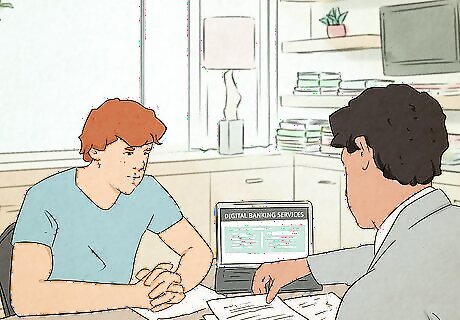
Low wages and a lack of savings make it hard for some people to get credit. As a result, they have to turn towards predatory lenders who charge huge fees. This results in a cycle of debt and poverty. To tackle this problem, communities can help boost digital financial services and provide free financial advice online. For instance, creating free digital banking services can make it easy for people to access accounts. In the U.S., predatory financial services, like high-cost mortgage firms, have historically targeted Black and Latino communities. Today, these communities are 30-86% more likely to be financially “underwater” as a result of high-cost mortgages.
Support single-mother households.
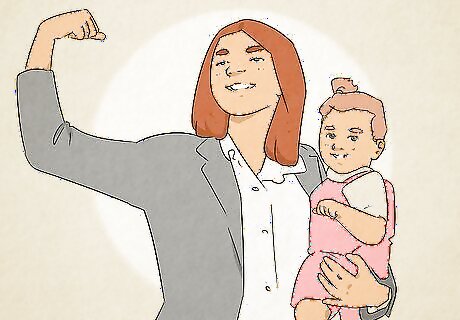
Poverty rates for single-mother households are higher than for other groups. By supporting single-mother households, communities can help lift their children out of the cycle of poverty, too. There’s evidence that federal benefits help encourage single mothers to work and can reduce poverty. In the U.S., programs that help women in poverty include work support programs like the Earned Income Tax Credit (EITC), food stamps, and funds for childcare. Support single mothers in your community by donating kids’ clothes and toys and contributing staples like canned goods to your local food bank. If you know a single mother, offer to babysit, or carpool to school if you have kids of your own. In 2013, federal benefits reduced the poverty rate among single mothers by half.
Improve fairness in criminal justice systems.
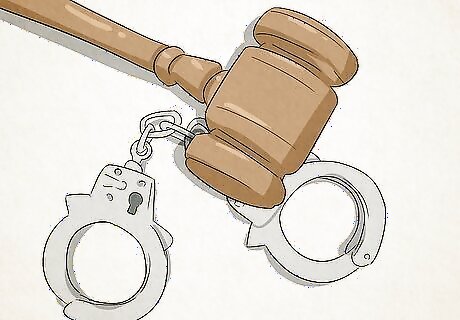
Jail time makes it more difficult for people to get jobs. Furthermore, poverty and jail time go hand-in-hand as people are often held in jail because they can’t pay their bail. Some people are even imprisoned because they can’t pay fees. It creates a vicious cycle! Policymakers can work to eliminate racial bias in the justice system, laws that imprison people for homelessness, and laws that imprison people because they can’t pay child support. Incarceration negatively impacts communities of color more than white communities. Visit The Sentencing Project (https://www.sentencingproject.org/actions/) to take action and connect with state and local partners working towards legal reform.
















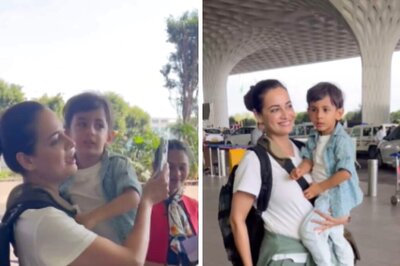


Comments
0 comment